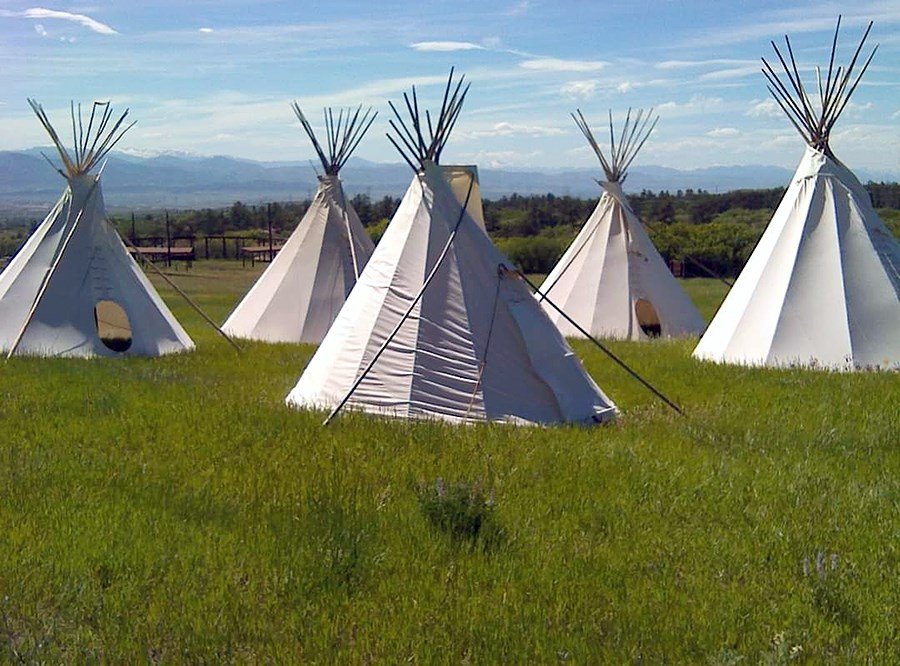A museum exhibit begins with an idea, a small seed of a vision that the exhibition team thinks could be something special and spark interest in their visitors. But bringing the concept to fruition is no small task; it’s a tireless project with multiple steps.
Jared Thompson, the exhibitions curator at Longmont Museum, explained that the newest “Tipi to Tiny House: Hands-on Homebuilding” exhibit came from a desire to create something more hands-on for visitors. And what could be more hands-on than physically building a house — or in this case, a log cabin made from pool noodles.
Carefully cut, the pool noodles will fit together with notches that replicate those found on Lincoln Logs. A bonus to the faux-log material is it’s soft and safe for kids to use.
The cherry red-rimmed wheels and white roof of the six-foot-wide and 12-foot-long shepherd’s wagon, surrounded by life-size toy sheep, will transport visitors to the past. Thompson added that kids could go into the wagon, fitted with a wood stove, fake food and utensils.
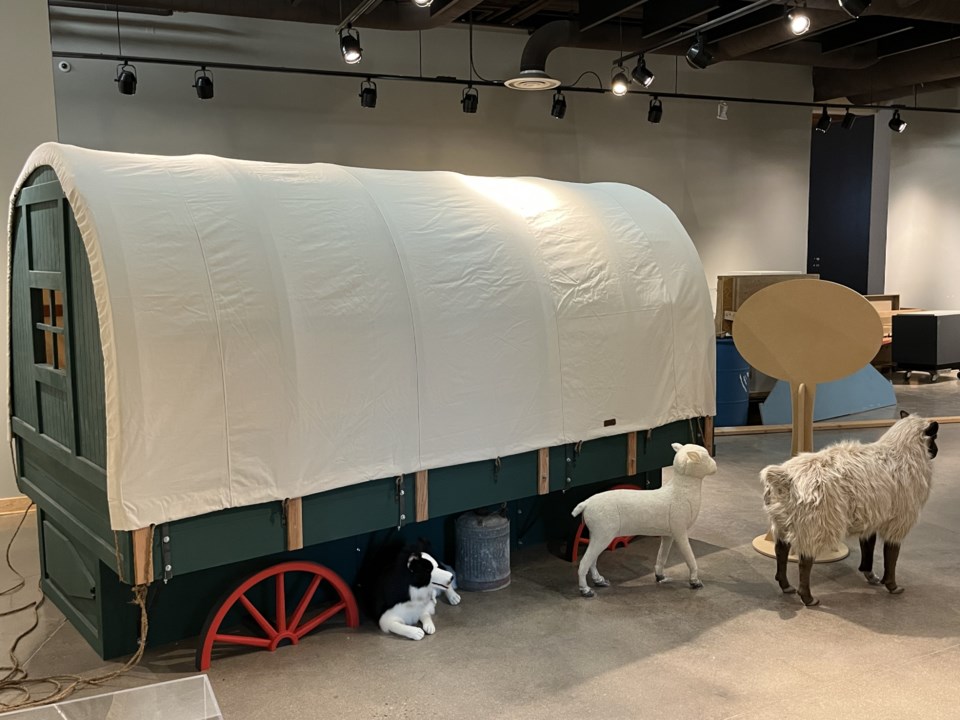
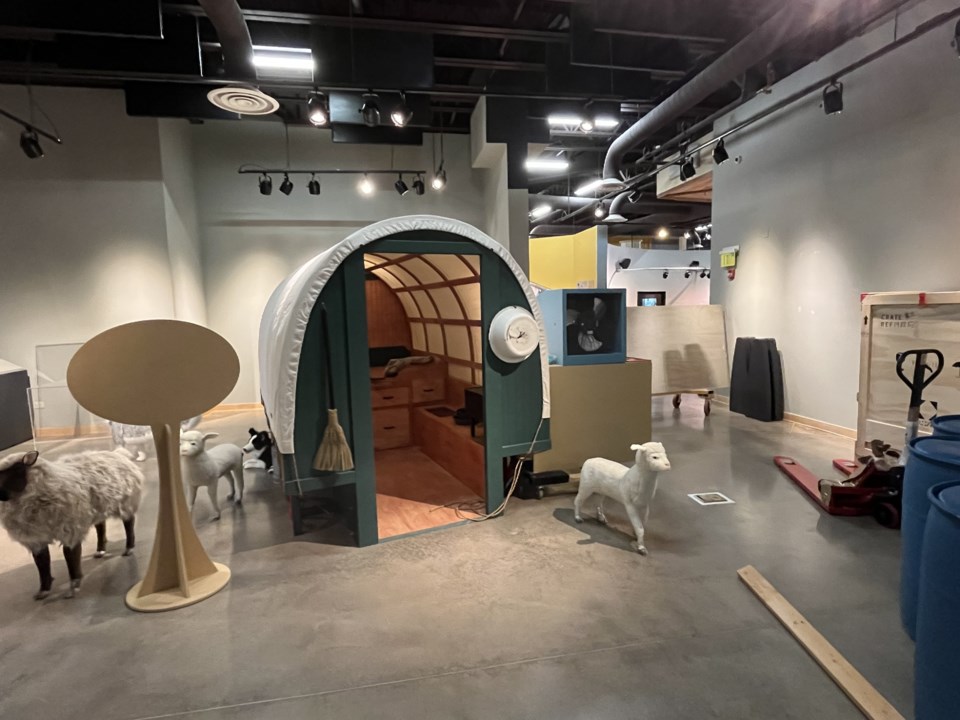
A real-life tiny house, tipi, and even pillows for those that want to stick to a classic living room fort will also be part of the show. Joan Harrold, the marketing manager for Longmont Museum, said there would also be dollhouses where visitors can explore how the furniture fits into different types of spaces.
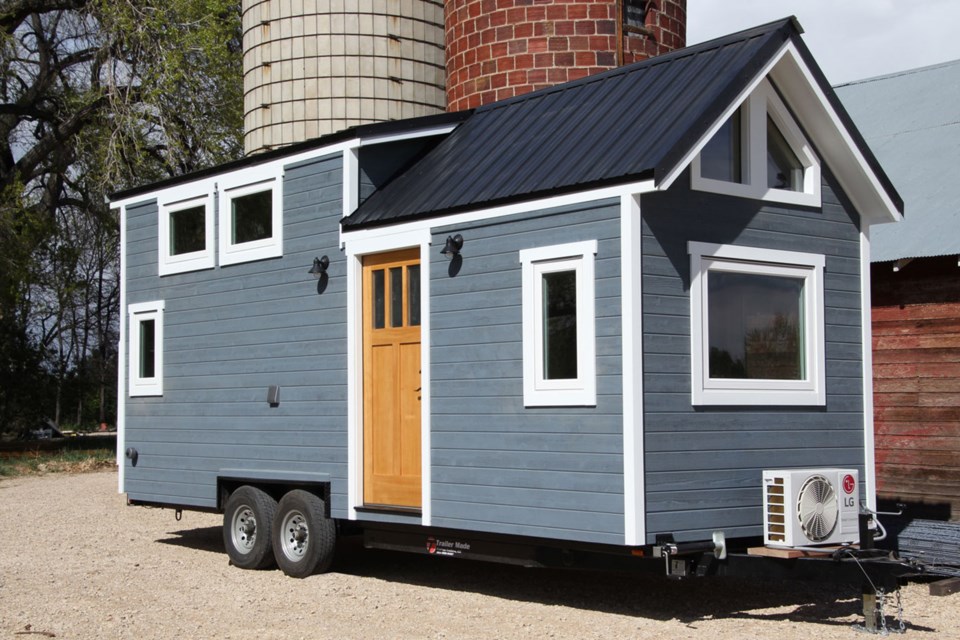
“It’s all about sharing how different types of people have lived in different types of homes throughout Colorado’s history and in the present,” she said.
But before the pool noodles were cut and the shepherd’s wagon was built, the idea had to undergo visitor evaluation, experts had to be found, a schedule created, grants and funds applied for, learning goals and a message developed, research, construction drawings, and prototypes. Finally, in about November 2022, the heavy building started. Altogether, from the seed of the idea to the physical exhibit, Thompson said it’s about a year-and-a-half process.
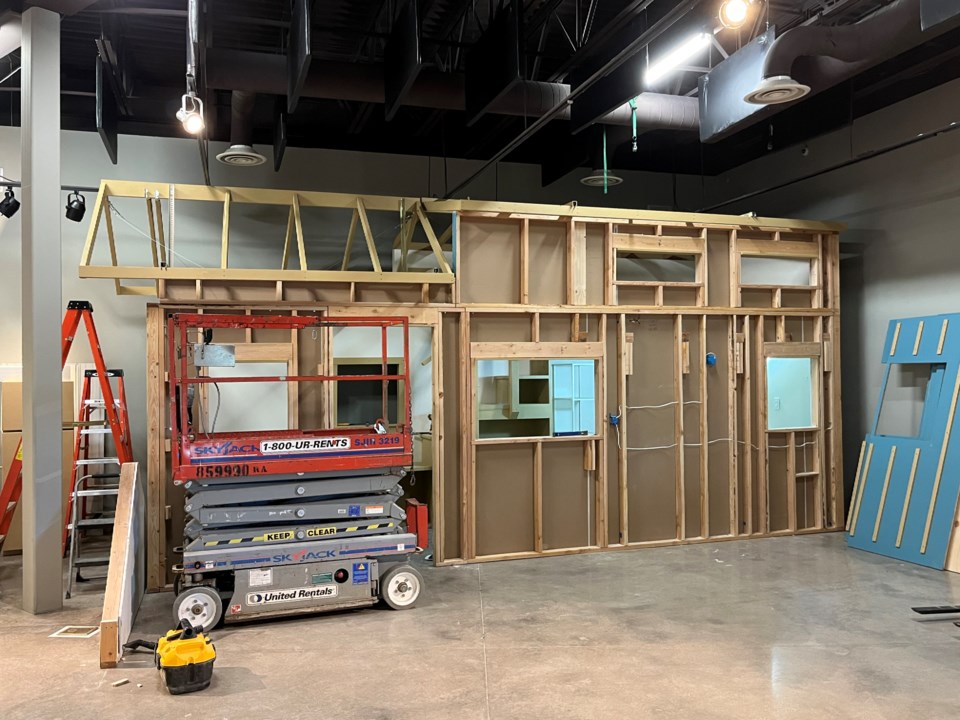
Experts brought in to help bring the idea to reality included Catherine Scott, an architect of 30 years, Robert Bowman, a University of Colorado Boulder professor knowledgeable about architectural history and Byron Fears, the owner and designer of SimBLISSity Tiny Homes.
The collaborative effort put into creating the exhibit extends to crafting the main message: Building a house is an evolving dialogue between humans and the environment.
Thompson explained that the message is about how humans affect the environment, but the environment also affects what is built. In the past especially, Harrold added, people had to consider the available resources when they made a home.
Were there nearby trees and water?
Was it sunny or cold?
Did the home have to withstand wind?
“All of these things in the natural environment affect the choices that people have made in the home they built,” she said. “And, of course, we affect our environment.”
Thompson said he is most excited to see how families will interact with the exhibit, which will run from June 11, 2022 to January 8, 2023. Learn more about the exhibit at Tipi to Tiny House: Hands on Home Building.
